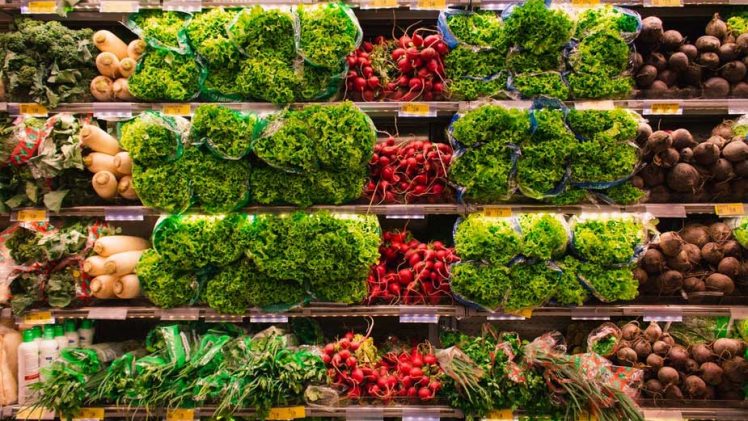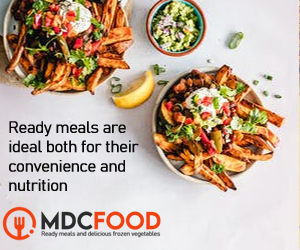Frozen vegetables can come in handy in helping anyone to meet their dietary requirements. They can be bought in bulk; they are pocket-friendly and easy to prepare.
However, like with other frozen foods, you need to get it right from the start. Otherwise, you miss out on both the nutrients and the flavour. Here is how to ensure you get it right with fresh vegetables.
Picking Frozen Vegetables
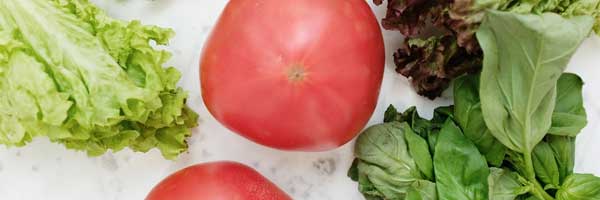
When you go to the store, touch the vegetables to ensure that they stand alone rather than as a bunch. A bunch means that they have thawed and frozen again, probably losing vital nutrients in the process.
Hydrated Veggies

Vegetables that contain a lot of water content do not produce a good end-result when cooked. If any vegetable category usually has a lot of water when fresh, avoid its frozen form as much as possible
Do Not Mix Fresh and Frozen
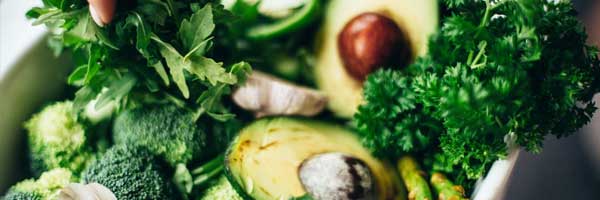
It’s either frozen or fresh vegetables. They do not go together into the same pot. This is because of the difference in texture when you cook.
Speaking of texture, frozen veggies are better used in watery foods like soup or stew rather than dry foods.
Thawing
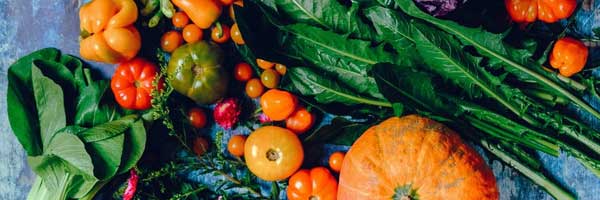
Depending on the dish you are cooking and the veggies themselves, thawing may or may not be necessary. Normally, veggies do not require thawing. Cook them frozen to ensure the texture is retained. The simple rule here is to thaw when making dry foods like pizza and to cook frozen food when making soupy foods.
Also, do not add frozen veggies to your food. At the same time, you would add fresh ones. Frozen veggies cook faster; add them a little later.
Lastly, do not leave frozen veggies to sit forever; try to consume them within a reasonable period, then restock.

